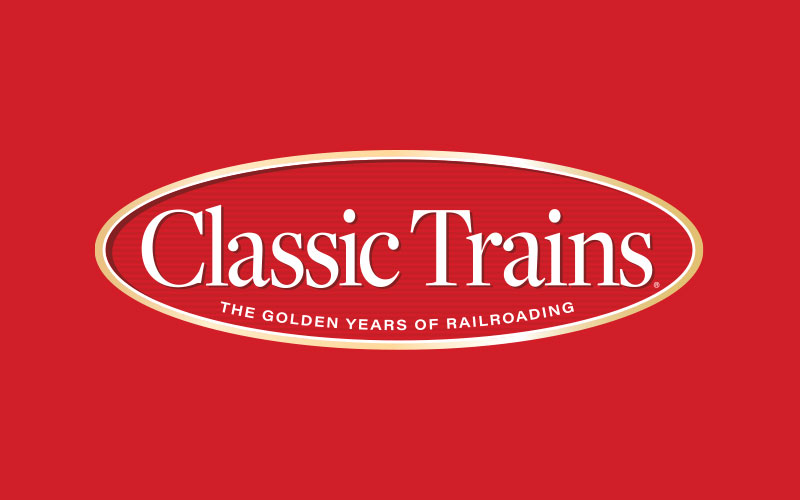
Check out additional material related to Bob Johnston’s “Intermountain Odyssey” article in Classic Trains’ Special Edition No. 13, All Aboard! Movies View clips from the 8mm movies that Bob Johnston took during the 1963 NRHS Intermountain Limited convention. Transportation Notice See the Burlington Route’s original Transportation Notice for the Aug. 26–Sept. 7, 1963, Intermountain Limited NRHS […]
Read More…
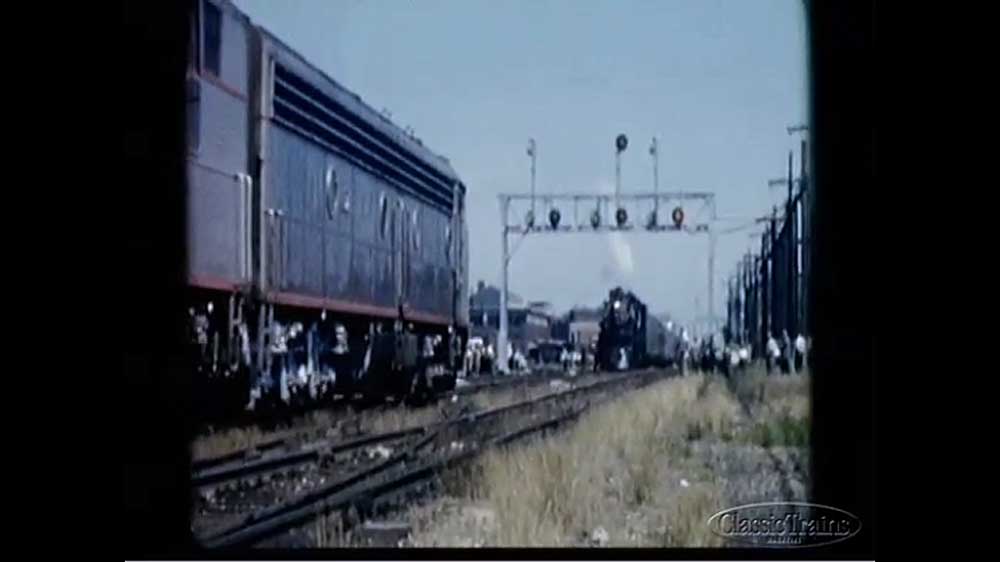
Watch clips from Bob Johnston’s 8mm color movies that he took during his “Intermountain Odyssey,” as recounted in his article of the same name in Classic Trains Special Edition No. 13, All Aboard! […]
Read More…
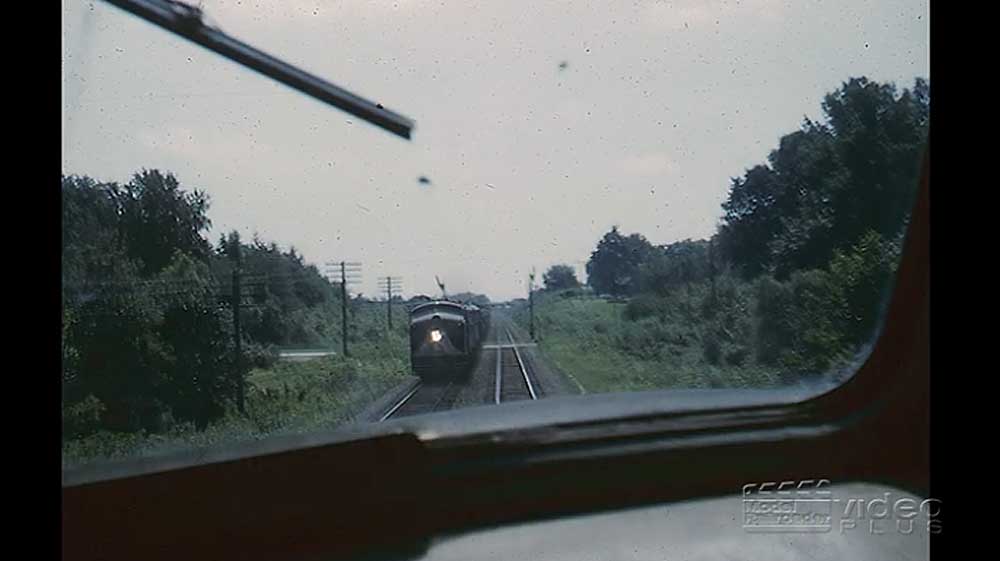
Having trouble viewing this video? Please visit our Video FAQ page When Jim Hediger was a youngster, he wrote the president of the Wabash RR to see if he could ride in the cab of the locomotive on a trip to St. Louis. Much to everyone’s surprise, Jim got a letter and an invitation […]
Read More…
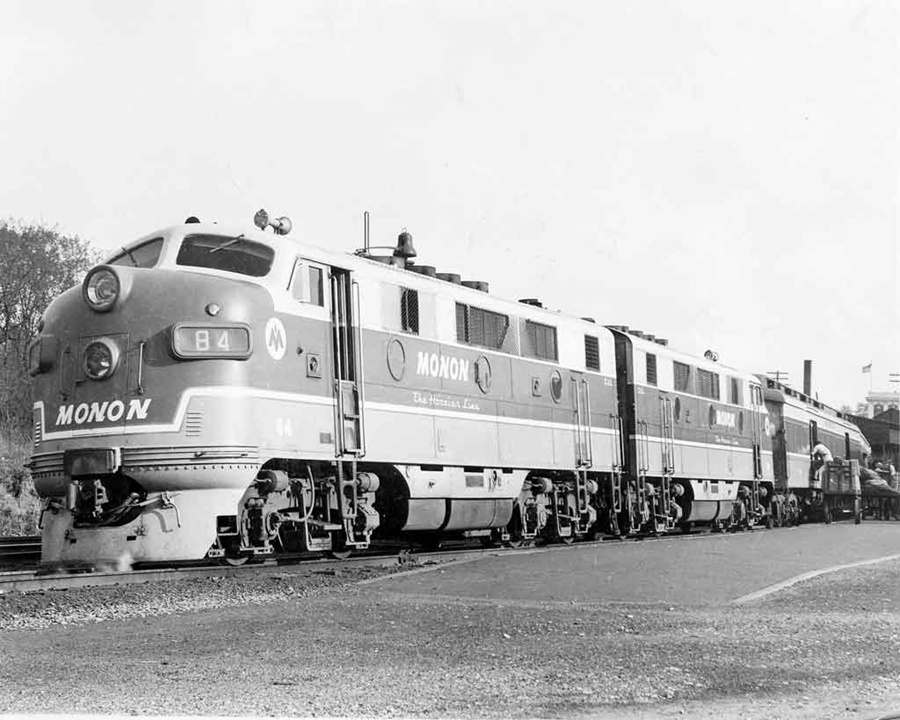
Red and gray Monon F3’s on the Louisville–Chicago Tippecanoe pause at Crawfordsville, Ind., in fall 1948. Dick Howell Back in the 1950s, when I was working for Kalmbach Publishing Co. but before I moved my family to be with me in Milwaukee, the Monon Route played an important role in getting me to and from Indianapolis […]
Read More…
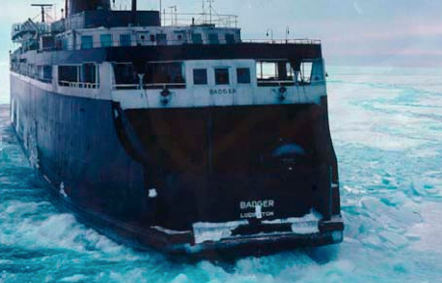
Read the full story of Jeff Mast’s adventure on the carferry Viking in his article, “Ice Capades,” from the December 2005 issue of Trains magazine. Download the story by clicking here. […]
Read More…
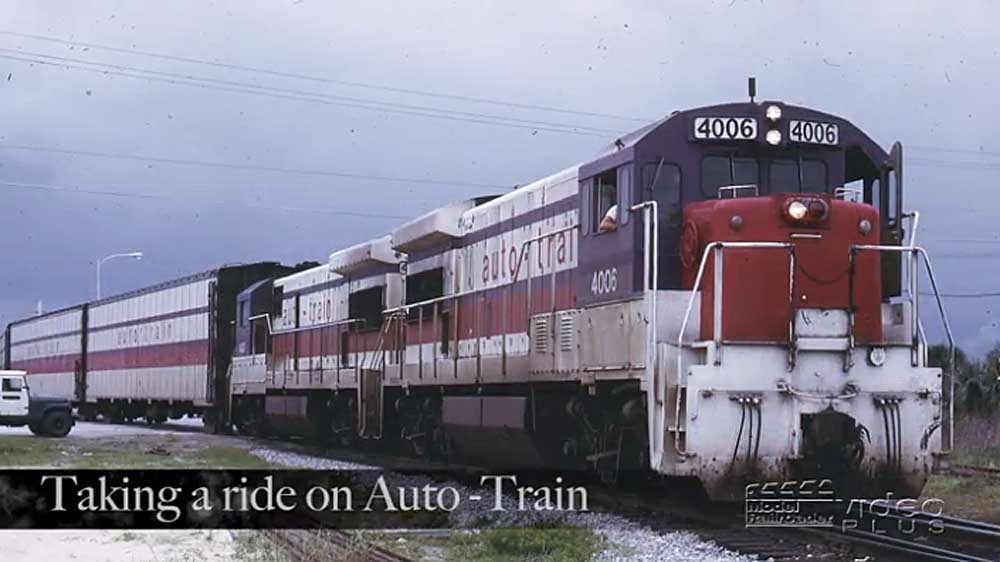
Having trouble viewing this video? Please visit our Video FAQ page In the 1970s, then editor Linn Westcott asked young associate editor Jim Hediger to build an HO model of the Auto-Train for the cover of the December 1974 issue of MR – all 38 cars of it! Jim shares the models he built […]
Read More…
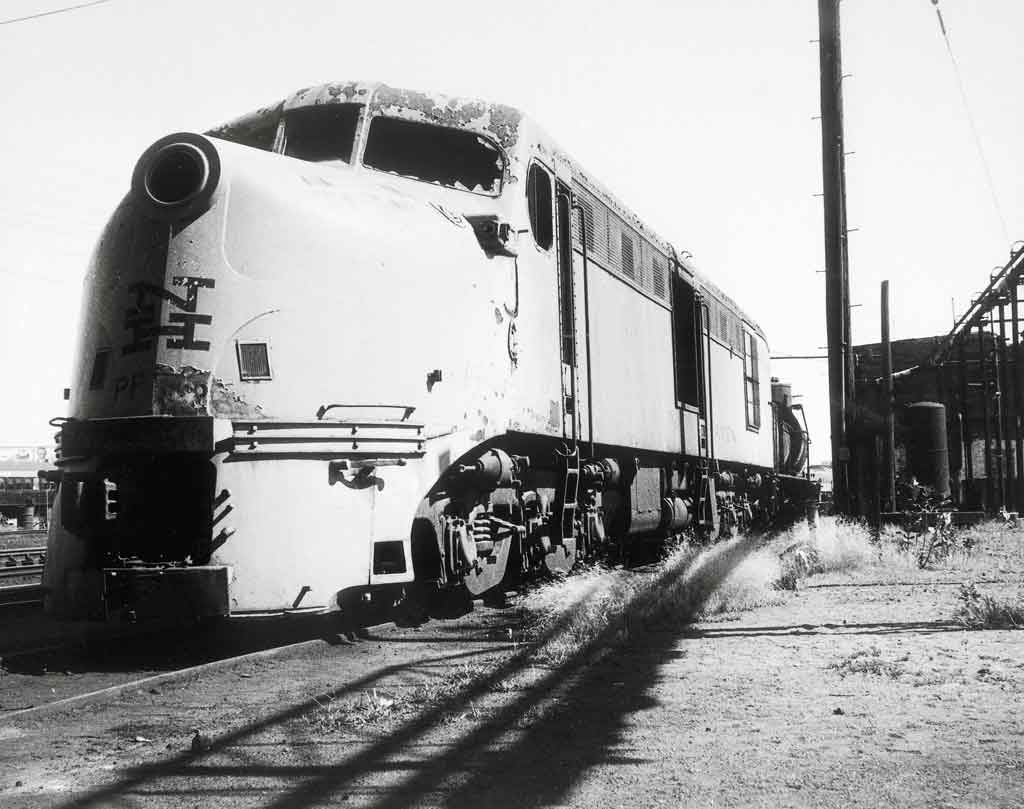
Once a proud hauler of crack passenger trains and fast freights as a DL109 diesel locomotive, New Haven test vehicle PP 716 languishes in Boston in 1968, awaiting its fate: the scrapper’s torch. Bruce Beardsley If Alco’s famous PA diesel is perhaps a bit overrated, as implied in the January 2004 issue of Trains magazine, then the […]
Read More…
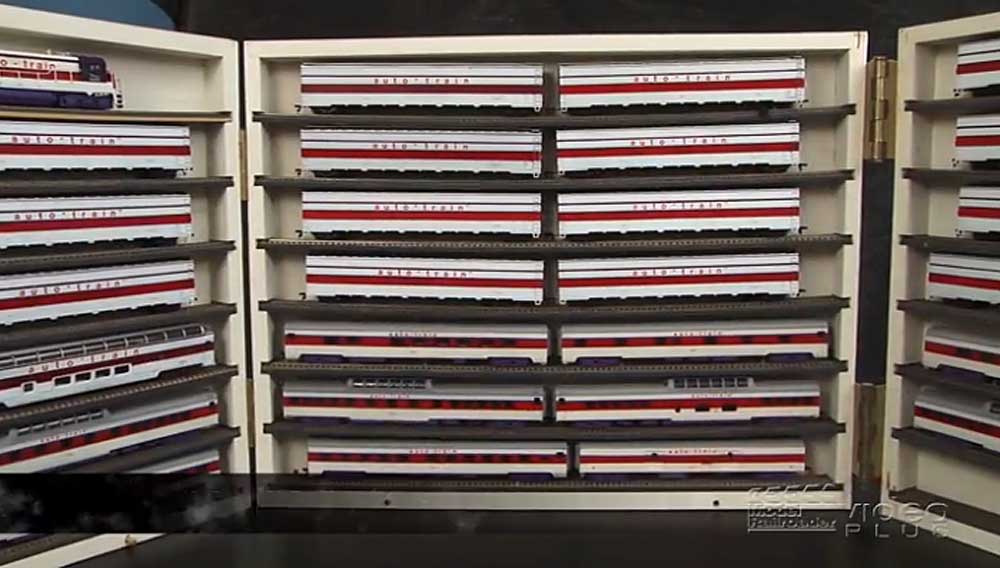
Having trouble viewing this video? Please visit our Video FAQ page Planes, trains, automobiles, and even a tornado, this episode has it all! Jim recounts his trip to Florida in the 1970s on the then-new Auto-Train, but half the adventure proved to be just getting to the station! Related Topics: history according to hediger […]
Read More…
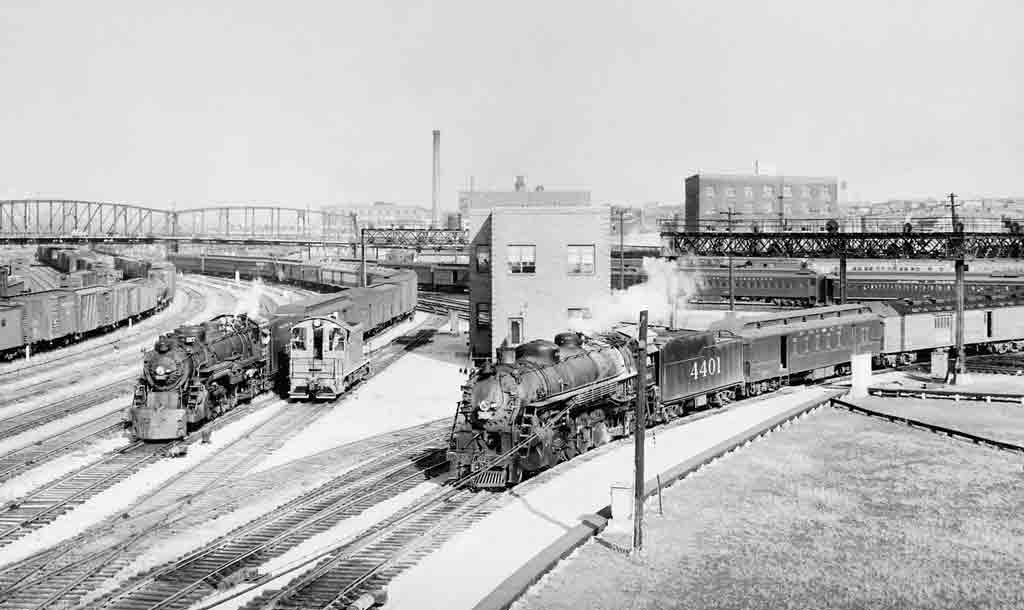
St. Louis, late 1940s: After a “race” that was not as close as the one author John Mills saw in 1941, MP 4-6-2 5327 rolls the Missourian past a Terminal Railroad Association Baldwin diesel as Frisco 4-8-2 4401 backs the Will Rogers into Union Station. Harold E. Williams What could be more exciting to an 11-year-old […]
Read More…
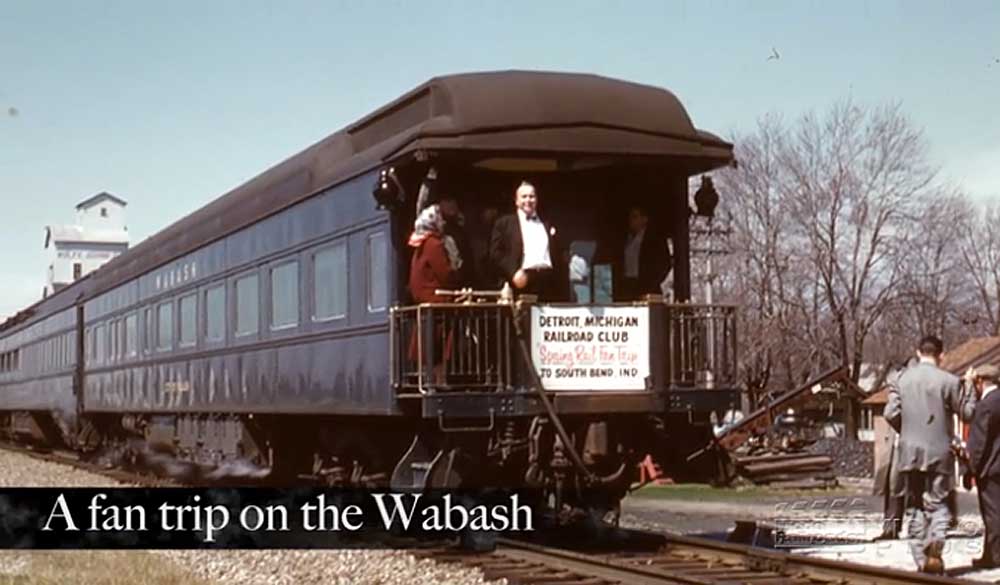
Having trouble viewing this video? Please visit our Video FAQ page It’s into the Way-Back Machine for this episode of History According to Hediger. In 1959 Jim was part of a fantrip on the Wabash RR, put on by the Michigan Railroad Club, and he shares many great pictures from the event in this […]
Read More…
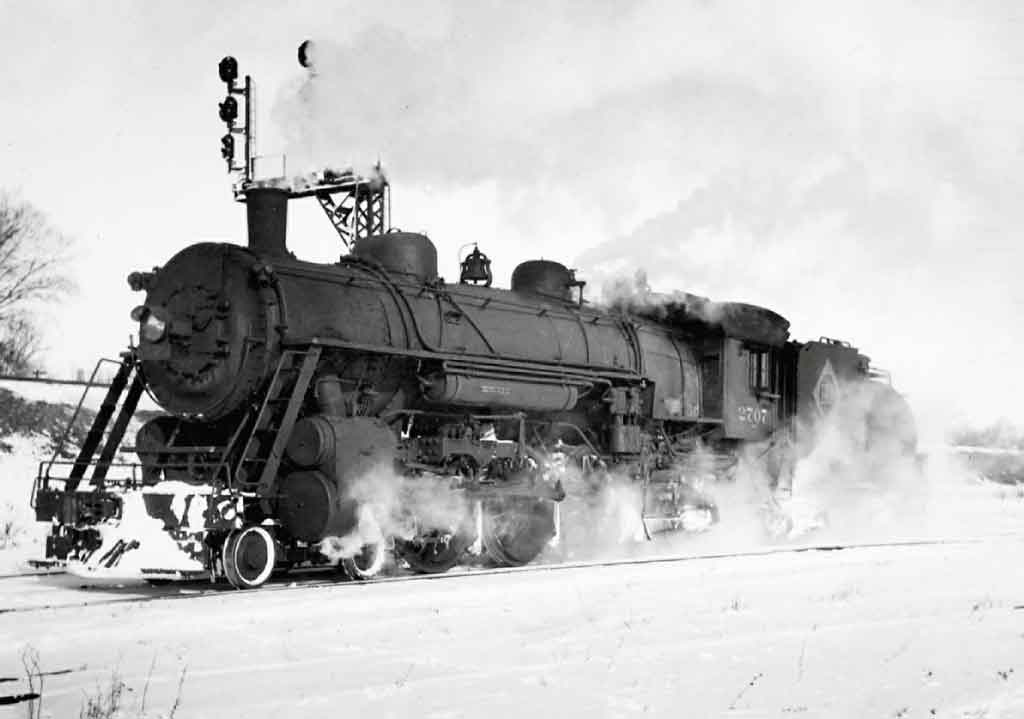
Erie Pacific 2707, a sister to the engine that enthralled author Noble during Ohio summers, is seen at Dunkirk, N.Y., 200 miles and two seasons away, but coincidently also alongside an NYC line. Al Rung My dad, after changing jobs following World War II, from Crosley Corp., in Cincinnati to one at Wright-Patterson Air Force […]
Read More…











